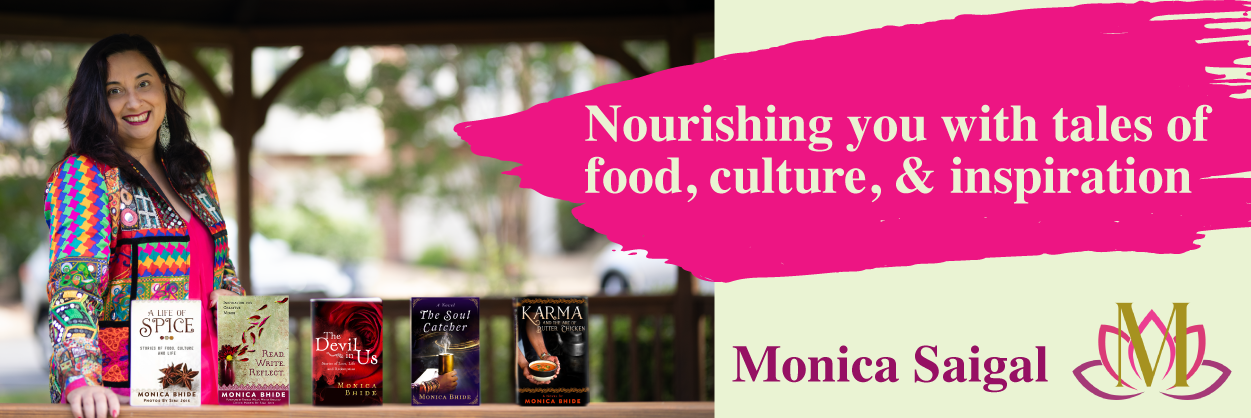When my first son was born, we headed to India for a visit with his grandparents. My parents and in-laws filled their houses with toys and books for the baby and with loads of desserts for me (my obsession with desserts is nothing short of insane).
Indian desserts, I feel, are one of the most misunderstood foods here in the West. There is so much more to Indian desserts than the standard rice pudding, kulfi (Indian icecream), gulab jamun (milk dumplings in a sugar syrup) and gajjar halwa (carrot pudding) shown on Indian restaurant menus.
Desserts are an integral part of Indian cuisine and culture. When you visit an Indian home, the host will generally produce a plate of “mithai” (milk based sweetmeats) or some other type of sweet – since guests are considered a form of God . Wedding announcements are, to this day, sent to close friends with a box of mithai – not including a sweet is, as my father says, “Simply not done.” Festivals find people exchanging boxes of mithai. Merchants are producing this milk based desserts in every shape, size and color imaginable. In Delhi I am served desserts prepared with figs. From cashews to bottle-gourd all kinds of ingredients are used to prepare these desserts. The variety of desserts being offered at places like Halidrams (huge restaurant chain in Delhi known for its desserts and savories) is mind blowing. Btw, Halidrams is known not only for its desserts but also for the beautiful way in which it packages these desserts.
But I digress, back to my story about visiting India with my first-born. It never occurred to me that I would encounter a dessert I could not eat. After devouring what seems like a ton of besan ladoo (prepared with roasted chick pea flour and sugar), bowls of vermicelli pudding, and mounds of puran poli (a special sweet bread stuffed with jaggery), I began to eye the gelatinous slab of white that my father-in-law placed in front of me. “You will love this, it is a specialty of this town,” he beamed.
To this day, I am not sure what prompted me to ask him, “What is it?”
“It is a dessert made from the first milk of the cow after she gives birth,” he said.
Something about that made me uncomfortable. Perhaps it is because I was still nursing and the thought of a colostrums based dessert just did not appeal. My father-in-law, I think, understood and did not force me to eat it.
Later that evening, we had several guests who enjoyed the Kharwas and regaled me with stories of how their mother’s first gave it to them and how wonderful it tasted. I just could not bring myself to eat it.
There are plenty of discussions on the web if you are interested in what it is and how to make it. Some sites are even saying Whole Foods sells the cow’s colostrum so you can buy it to make the dessert. Just don’t ask me for a recipe, this is one that is not in my books!
PS- For Kharwas lovers – I am not saying that this should not be eaten, just that it made me squeamish so forgive me this negative reaction, please.



Monica, if it’s any consolation, I think I would have been a little squeamish, too. In fact, I recall being a little weird about milk the whole time I was nursing my son — too close the pump!
EEEH! YUK!
EEEH! YUK!
EEH! YUK!
HI Monica, the mention of Kharwas brought back lotso childhood memories for me!My mom had instructed our milkman(those days we had a milkman-no packaged milk) for ‘the first milk’ whenver it was available to specially make kharwas..:) don’t see many people making it now-a-days!
Monica, I understand completely. I’ve traveled far and wide and have seen some truly disgusting things.